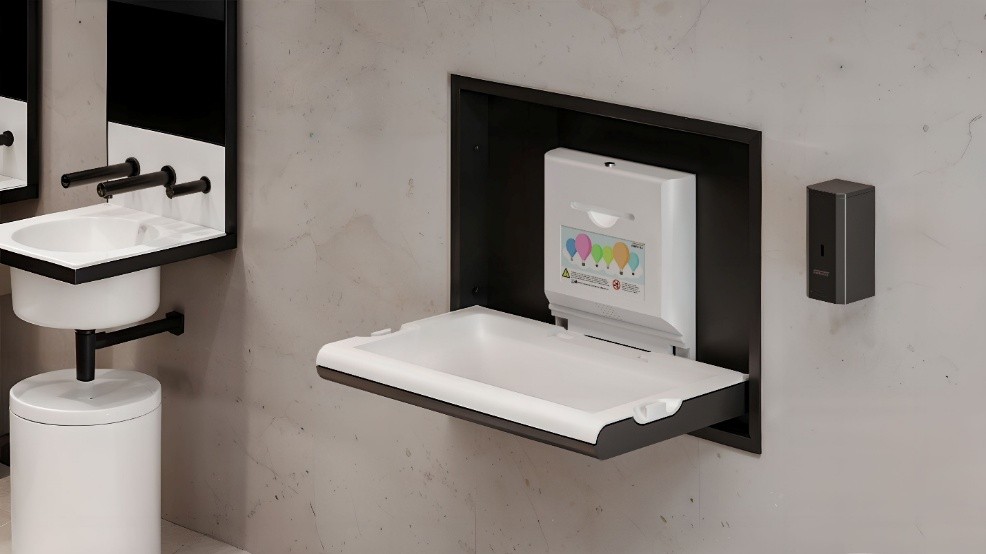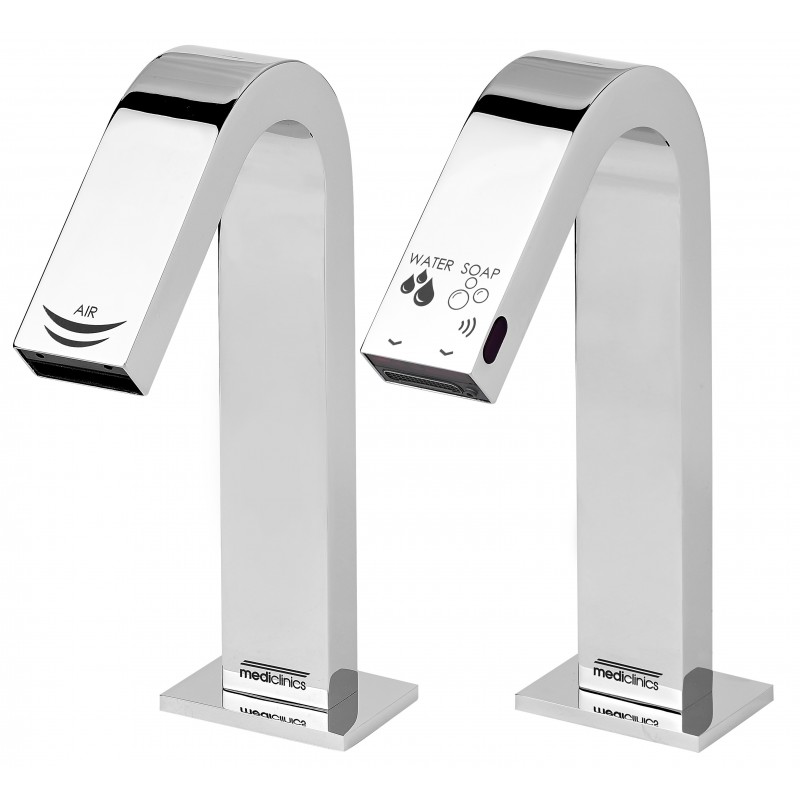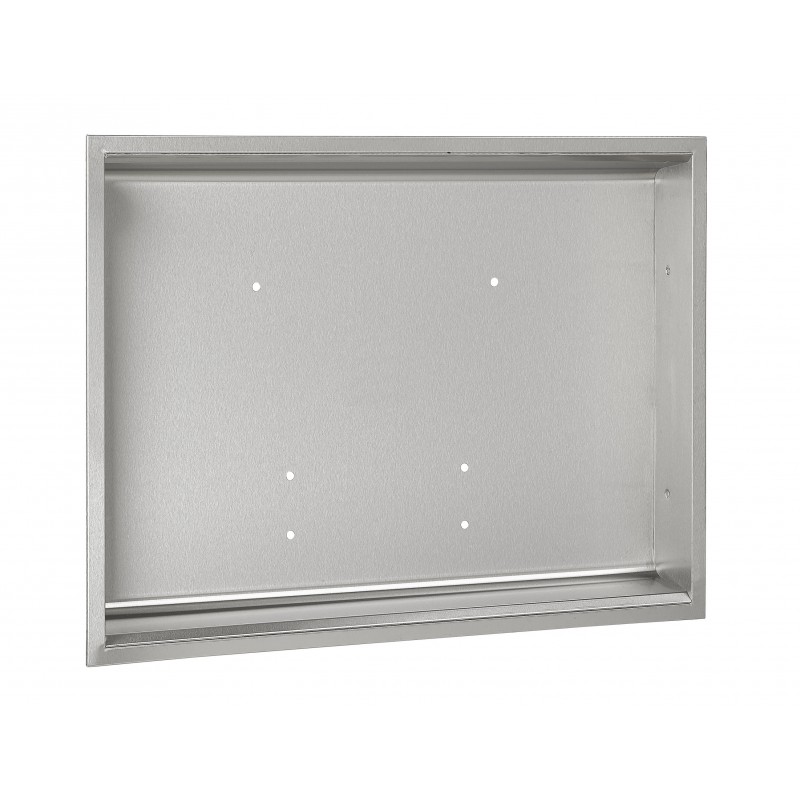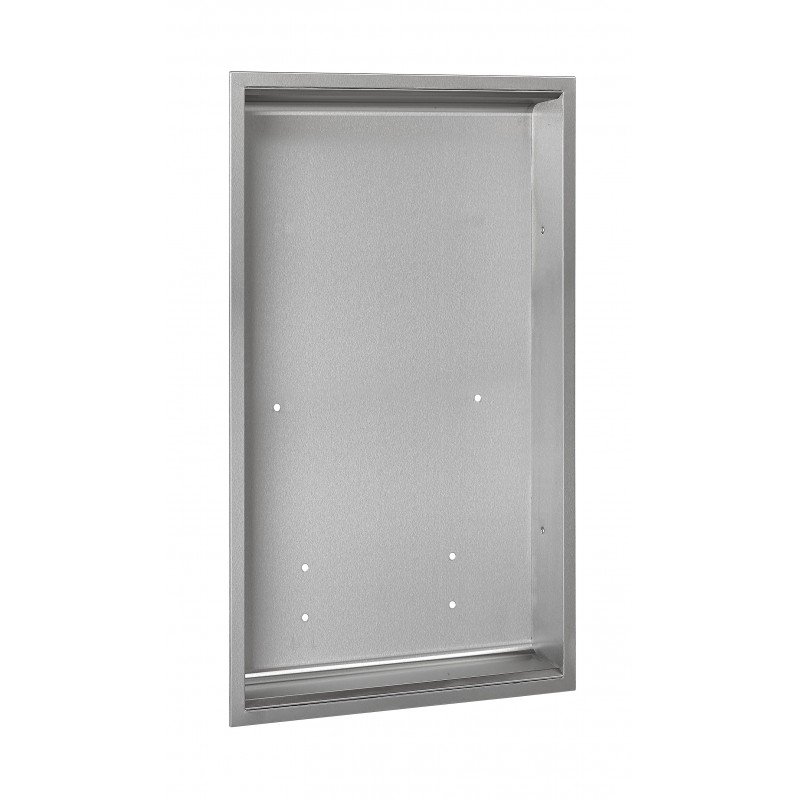Making Public Restrooms Inclusive: The Essential Role of ADA Compliant Baby Changing Stations
Public restrooms are a direct reflection of a society's commitment to inclusivity. While baby changing stations are increasingly common, their accessibility for parents with disabilities is often overlooked. This oversight creates significant barriers, limiting the freedom and independence of these individuals. At Saniflow Corp., we believe that all parents deserve the right to care for their children with dignity and ease, regardless of their physical abilities.
ADA Compliance: More Than Just a Guideline
The Americans with Disabilities Act (ADA) sets the current standards for accessible design in public spaces (2025). While specific ADA guidelines for baby changing are clear requirements that are accessible for anyone to see, some challenges still remain as many consumers and business owners are not fully aware or compliant with the provisions. The over-arching goal of ADA guidelines/ certification is to allow equal access for all individuals. This can be seen through some of their standard specifications. For example, clear and unobstructed pathways is a big one for restrooms, accessible routes that are leading to the changing station must be free of obstacles, with sufficient width for wheelchair maneuverability. Other major guidelines for restrooms and changing stations, based on the ‘Introduction to the Americans with disabilities act’, include:
- Proper Height and Reach:
- The changing station must be positioned at a height that allows for comfortable use by individuals in wheelchairs.
- Operable parts, such as safety straps and handles, must be within accessible reach ranges.
- Knee Clearance:
- Sufficient knee clearance beneath the changing station is crucial for individuals using wheelchairs to position themselves comfortably.
- Stability and Support:
- The changing station must be sturdy and stable, capable of supporting the weight of both the child and the parent.
- Providing support for the parent is also very important.

The Importance of Inclusive Design
Beyond ADA compliance, inclusive design considers the diverse needs of all users. This means incorporating features that benefit everyone, such as easy-to-use mechanisms and clear signage. Additionally, considerations for all various types of disabilities must be taken into account by the architects and design team, recognizing that disabilities are not limited to mobility impairments. For example, clear contrast and tactile indicators can aid individuals with visual impairments. Lastly, creating a restroom environment where all parents feel welcomed and respected is imperative.

Saniflow's Commitment to ADA Compliance & Accessibility
At Saniflow Corp., we are dedicated to providing restroom solutions that prioritize accessibility. Like our Babymedi changing station, available as a surface-mounted option, or with one of our ADA-compliant recess kits. Additionally, Saniflow’s recess kits are ASTM certified, ensuring the highest level of protection and care for all users. Our team understands that accessible baby changing stations are not just a legal requirement, but a moral imperative. By designing products that meet the needs of all users, we contribute to a more inclusive and equitable society. We are a company that not only provides quality restroom solutions but also champions inclusivity and accessibility in public spaces. Make sure to check Saniflow Corp.’s ADA compliant Babymedi changing stations today.















